The TIM associates five levels of technology integration (i.e., entry, adoption, adaptation, infusion, and transformation) with each of the five characteristics of meaningful learning environments. Together, the five levels of technology integration and the five characteristics of meaningful learning environments create a matrix of 25 cells as illustrated below.
Via Nik Peachey



 Your new post is loading...
Your new post is loading...







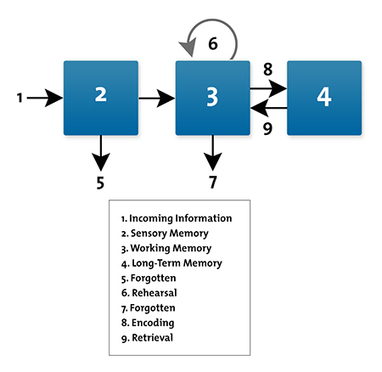



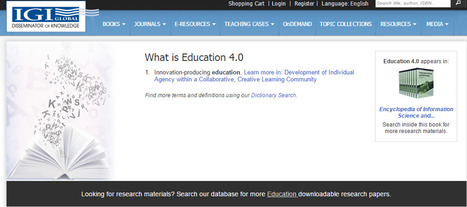


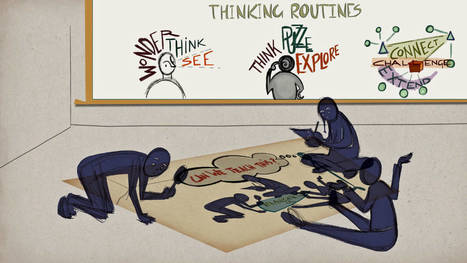

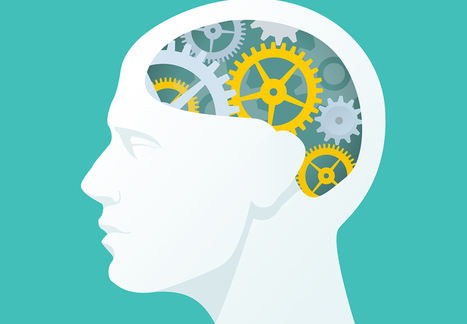




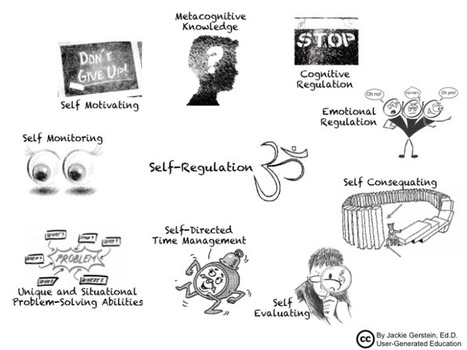



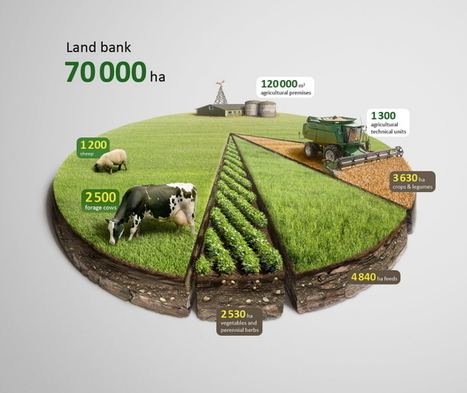

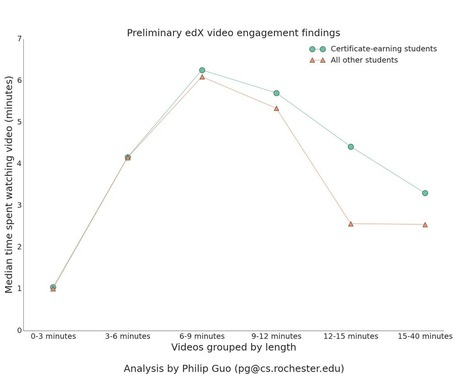




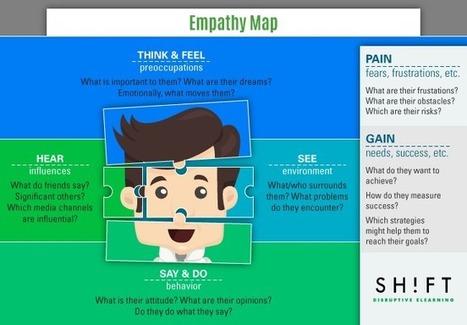





Una matriz que relaciona las características del entorno de aprendizaje y los niveles de adopción de la tecnología